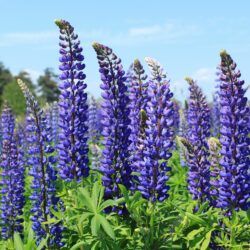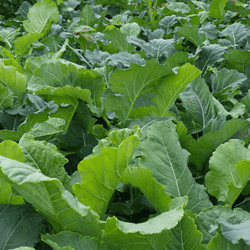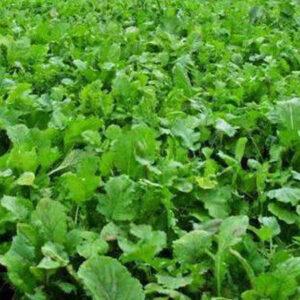Linseed
Linseed, also known as flaxseed (not to be confused with native New Zealand flax) is grown as a specialty crop for its oil-rich seeds and fibre. It may also be utilised in crop rotations as a cover crop. The plant is an annual herb that can grow up to 1.2 meters tall and has blue or purple flowers. It has an erect growth form that consists of a single stem with a multi-branched head.
$7.70 – $11.20Price range: $7.70 through $11.20 excluded GST
Description
Linseed, also known as flaxseed (not to be confused with native New Zealand flax), is grown as a specialty crop for its oil-rich seeds and fibre. It may also be utilised in crop rotations as a cover crop. When it is to be incorporated into the soil as green manure, it needs to be cut early as the lignin/cellulose content will increase with maturity becoming difficult to decompose. Linseed is a member of the genus Linum in the family Linaceae. The plant is an annual herb that can grow up to 1.2 meters tall and has blue or purple flowers. It has an erect growth form that consists of a single stem with a multi-branched head.
When selecting paddocks for planting Linseed, it can tolerate a wide range of soil pH’s and establishes easily, competing well with weeds and tolerating pests. It has a shallow root structure and is good for improving surface compaction in topsoil. Linseed performance can be enhanced under irrigation as it extracts the majority of water (95 %) from the top 60 – 90 cm of topsoil.
Linseed is best harvested late summer/early autumn; it flowers about 50 days following sowing. The seeds have a high oil content (30 – 40 % of the seed weight), especially rich in omega-3 fatty acids, an important nutritional supplement for human and animal health. Linseed can be incorporated into the feed rotation for livestock such as dairy or beef cattle to supplement their diet. The seeds can be ground or rolled to improve their digestibility and then added to a mixture of other feed ingredients such as hay, silage, and grains. Linseed meal is a byproduct of oil production and can be used as a supplement to improve the protein content of animal feed.
Additional information
| Treatment | DYNASTRIKE, GOLDSTRIKE, UNTREATED |
|---|---|
| Linseed | 100% |
Cultivation
Best sown after the soil warms up in the spring. Dryland growers can plant as early as late August but the optimum time for irrigated crops is around September. Crops of Linseed are harvested in the late summer/early autumn.
Sowing Rate
Recommended sowing rate of 2-4 kg per hectare in a mix.
Price Table
| Treatment | 500 kg + | 100 – 500kg | 10 – 100kg |
|---|---|---|---|
| Untreated | $6.70 | $6.95 | $7.70 |
| Dynastrike | $8.20 | $8.45 | $9.20 |
| Goldstrike | $10.20 | $10.45 | $11.20 |
All prices are excluded GST. Minimum order 10kg.
Related products
-

Blue Lupins
$6.25 – $7.85Price range: $6.25 through $7.85 excluded GST This product has multiple variants. The options may be chosen on the product page -

Coleor
$22.50 – $28.50Price range: $22.50 through $28.50 excluded GST This product has multiple variants. The options may be chosen on the product page -

Pasja
$17.75 – $23.75Price range: $17.75 through $23.75 excluded GST This product has multiple variants. The options may be chosen on the product page
